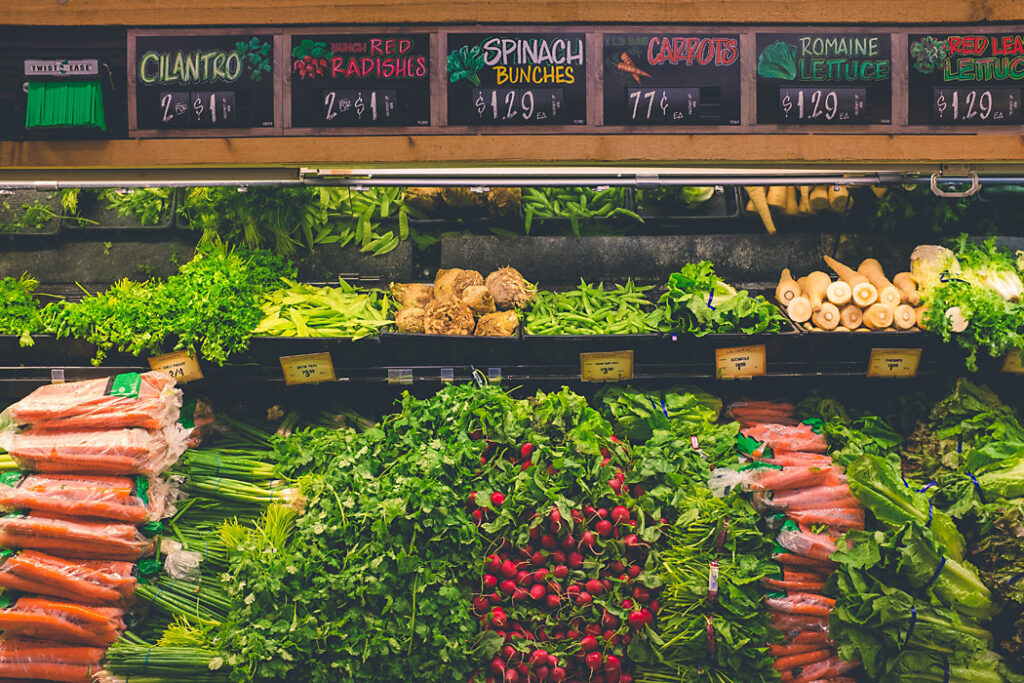
I’m not rich: I drive a 14-year-old car and live in a 37-year-old trailer. But I have everything I need, and I’m concerned about those who don’t have enough to eat. Food insecurity was already an issue in Jefferson County, and the pandemic has made the situation worse.
So I donate. Online, of course.
My favorite recipient is the Lord’s Cupboard of Jefferson County (LordsCupboard.org). With one part-time employee and a team of up to 40 volunteers, they distribute an estimated 400,000 pounds of food each year. Much of that is donated by local grocers, civic groups, and individuals, with food also being purchased through donations and grants. They’ve served about 1,700 different clients in the past several years.
Laura Cohen, the executive director, says the internet has made everything so much easier. When she took over seven years ago, there was no website, no Facebook page. In fact, they didn’t even have a computer. Her husband donated a used PC, so she built a simple site in Weebly and put together a Facebook page.
“With really very little overall effort, the organization has moved to a place of receiving donations primarily online,” she says, “which for a one-part-time-employee organization is important, as it allows me to focus on our mission and wrangling volunteers rather than wrangling so many checks and cash.”
Using PayPal’s e-commerce platform has also helped make it easy for her to receive donations.
“PayPal has made it incredibly simple for nonprofits to accept donations online, which has become an absolute lifeline during the pandemic,” she said. “Additionally, I’m grateful their website has become more and more efficient and easy to use to move the funds to our bank account.”
Plus, PayPal makes it easy for me to donate; it just takes seconds to give money.
In order to distribute food safely during the pandemic, Laura reinvented their entire system. They’re now serving in a no-contact, appointment-only manner. People who need food can book their appointment online—of course.
Laura suggested I also donate to Carry On Bags, which offers food and snacks for school-age children. They, too, receive their donations via PayPal. And they, too, got money from me.

But when Laura also suggested donating to the drive-by weekly supper offered by the First Lutheran Church, it wasn’t so easy. I emailed them, asking how I could donate online. They responded that they don’t yet have that capability. I did eventually send them a check—not my favorite thing to do.
The Food Bank of Iowa also heard from me. They’ve had a 35 percent increase in the number people served since the beginning of March. On June 30, they reported that they had served more than 1.1 million people this past year.
Last month’s column was about the dark side of the internet. But this month I get to tell you one thing I love about it: the manner in which it facilitates helping people in need.
Another great example is Meal Train. When an acquaintance broke his hip and had a hip replacement, he didn’t have any way to get food. As an elderly man living alone, and with minimal income, he needed help.
He turned to Meal Train, which made it easy to contact friends and acquaintances and give them an opportunity to sign up to bring him a meal on a particular day.
The internet also helps you deal with a common issue associated with charitable organizations: how much of the money goes toward the intended recipients compared to how much goes to the people hired to raise the money.
Several years ago, people were receiving phone calls from an organization purporting to raise money for the police. But the local police chief told the newspaper he didn’t know anything about it. Maybe the organization would have indeed given the police some money, but apparently much of it was going into the pockets of the fundraisers.
Fortunately, nonprofit organizations are required to register as a 501(c)(3) organization, which entails strict reporting requirements. And, fortunately, there are websites that give these organizations a grade based on how efficiently they direct the money to the intended cause.
These include Charity Navigator, which gives the Lord’s Cupboard a finance and accountability score of 100 out of a possible 100. Similar websites include CharityWatch and GuideStar.
My suggestion: donate locally.
“To me, the advantage of donating to a local nonprofit is that you can typically observe firsthand what the organization does with your money,” Laura says. “In non-pandemic times, I invite donors to come have a tour of the facility with me. By seeing it in person, they usually learn about things we do that they never knew about before.”
Find column archives at JimKarpen.com.
